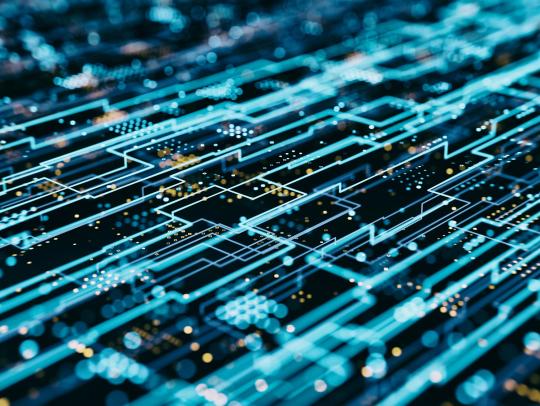3 reasons fibre and satellite connectivity go hand in hand

Today many telecom service providers are moving towards a model where fibre is backed up and supported by satellite. When fibre outages due to natural or man-made forces occur, satellite connectivity ensures that governments, institutions and businesses can continue to function. Here are three reasons why fibre and satellite connectivity go hand in hand.
It’s a matter of service
As more and more services move online, the reliance on a single route fibre connection is no longer sustainable for telecommunication providers. Millions of people, businesses, governments and institutions across Africa rely heavily on high-speed connectivity. In many countries, undersea fibre connectivity has been affected by human events or by nature, causing significant shortages that can take many weeks to resolve. In Madagascar for example, a ship dropped an anchor off the coast of Mombasa onto an undersea fibre-optic cable and caused a 20% decrease in internet speed over a three-week period for six African countries. Millions of people were affected and this slow connectivity was particularly damaging for local businesses, hospitals and banks that were unable to perform their services productively. Since the cable was connecting the UAE and the African continent was fully operational, companies like Microsoft, Google, and Samsung have opened offices in the area1. As a result of fibre outages, telecommunications companies may lose key clients who demand reliable connectivity to ensure business continuity. With millions of people relying on telcos. It is a significant competitive advantage to have a system that accounts for any failures of the undersea fibre-optic networks.
Costs of Cuts and Failures
Loss of connectivity during a failure may represent significant financial loss. The three-week cut off the coast of Mombasa cost the regional economy £300million, according to the UK Daily Mail, as businesses experienced decreased bandwidth and high latency. This was due in part to the cost of bandwidth associated with rerouting traffic to one of the few connections undamaged by the cut. In addition, service providers experience quantifiable revenue loss from customers switching to other providers during cuts or failures, and in the form of credits paid to customers whose service level agreements were not met. Telecommunications companies also lose out on new customer acquisition, which suffers when a provider’s connectivity problems are publicized. In other words, losses can be substantial if service providers lack diversity in access technologies, especially if they rely on undersea cable as a primary means of interconnection.
Technological Advances in Satellite Connectivity
Loss of connectivity during a failure may represent significant financial loss. The three-week cut off the coast of Mombasa cost the regional economy £300million, according to the UK Daily Mail, as businesses experienced decreased bandwidth and high latency. This was due in part to the cost of bandwidth associated with rerouting traffic to one of the few connections undamaged by the cut. In addition, service providers experience quantifiable revenue loss from customers switching to other providers during cuts or failures, and in the form of credits paid to customers whose service level agreements were not met. Telecommunications companies also lose out on new customer acquisition, which suffers when a provider’s connectivity problems are publicized. In other words, losses can be substantial if service providers lack diversity in access technologies, especially if they rely on undersea cable as a primary means of interconnection.
SES Networks provides telcos with resilient connectivity leveraging a multi-orbit fleet of high-performance GEO satellites, low-latency MEO services, advanced ground systems and a global, IP-based terrestrial network. This ensures fibre is backed up by a connection that is on par in terms of coverage, throughput and latency, and also guarantees the service remains uninterrupted while undersea cable operators are able to focus on getting fibre cables fixed.
Service providers of both fixed line and mobile data and communication services around the world can no longer rely solely on a single route for their traffic, as the data travelling over their network is vital to public safety, education, commerce, and the overall




